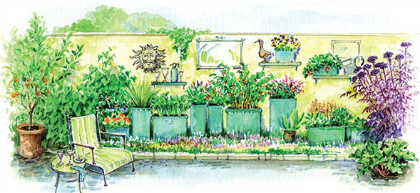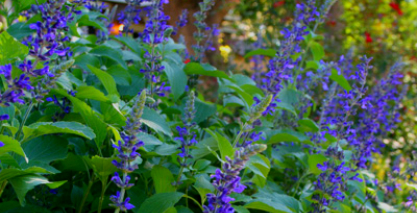For me from now until the middle of February always brings with
it a sense of celebration: it is Irish potato season. Woo-hoo! This is
one of my all-time favorite crops to grow… and to consume.
Potatoes are a cool season crop. They do very well if you plant them
in the late winter, between now and mid-February. You can then har-
vest them in mid-to-late May, before the heat of the summer arrives.
The perfect soil temperature is 50 degrees.
Rather than seeds, potatoes come from seed potatoes. These contain
buds or ‘eyes,’ which then sprout into new plants.
The seed potatoes are cut into pieces. They should be no smaller than
an egg, and each must have an eye.
After cutting, allow the potato pieces to dry. This helps to stop them
from rotting. To protect them even more, you can dust them with
wettable powder sulfur - a fungicide. You will encourage new sprouts
if you place the pieces in a dark place.
The top three seed potato varieties that do consistently well in the
Austin, Buda and Kyle area are: Kennebec (white), Red Lasoda, and
Yukon Gold. (We sell them by the pound for $1.25.)
As with most vegetables, the garden location should be well-drain-
ed, and have lots of sunshine.
An important point: potatoes love loose soil. The looser the better.
Make sure you mix in generous amounts of compost, sand, leaf
mold and hay into the soil.
Plant your potato pieces 1 foot apart into a furrow 10 to 12 inches
deep. Cover with 3 inches of soil.
When the new shoots reach the height of 6 to 8 inches, pull more
soil around them. This will encourage more tubers. Also, as they
begin to grow, add plenty of loose mulch to help conserve moisture
and keep the growing tubers cooler.
In May, when the plants begin to wilt and fade, it’s time to harvest
your treasures.
Unearth your new potatoes with great care, as damaged potatoes do
not store well. If your soil is loose enough, you should be able to
do this by hand.
This is where the fun begins! I guess it kind of reminds me of an
Easter egg hunt. The great joy of sifting through the soil and disco-
vering hidden potatoes… is what gardening is all about.
Happy Gardening everyone! ❦





